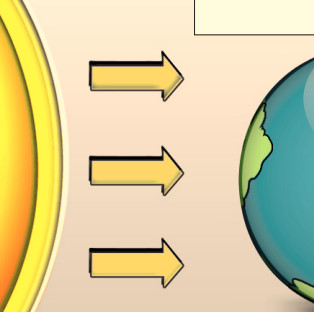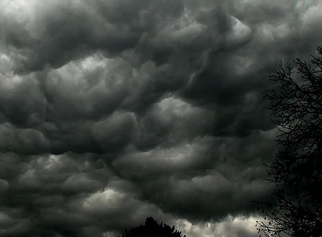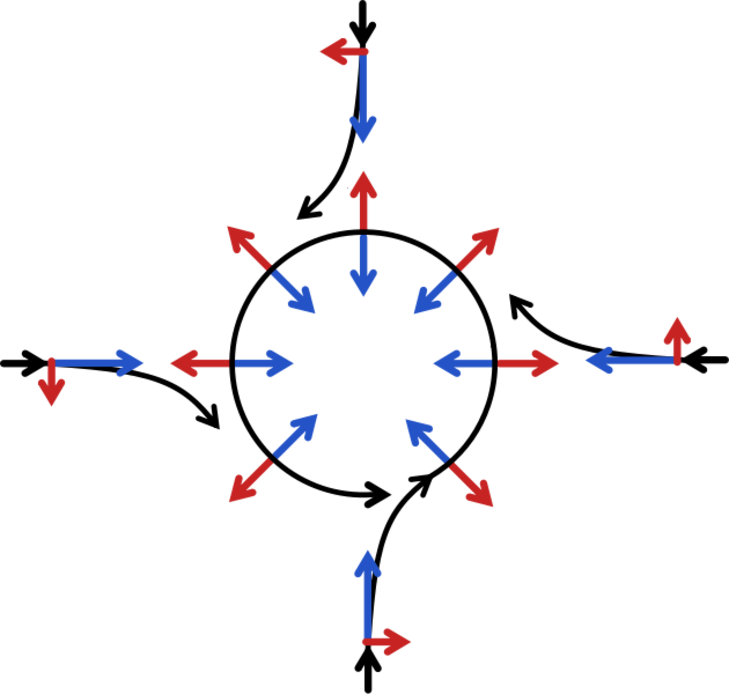
Calculate the best flight time from A to B and reduce greenhouse gas emissions!
The table below represents a cross section through the atmosphere and gives wind speeds (in m/s) in boxes which are 200km long and 1km high.
Your task is to pilot an aircraft, which flies at 230m/s when it is flying in the less dense atmosphere higher than 5km, and 150m/s when it is flying in the more dense atmosphere lower than 5km, from A to B in the shortest time possible.
Remember, flying in the same direction as the wind increases your speed but flying against the wind slows you down.
Map your route on the chart below and then calculate the flight time!
Rules
- You take off from the ground at A and land on the ground at B.
- You can only climb, or descend, one box per 200km.
- Give your final answer in hours and minutes.

Some students may find the following table useful:





